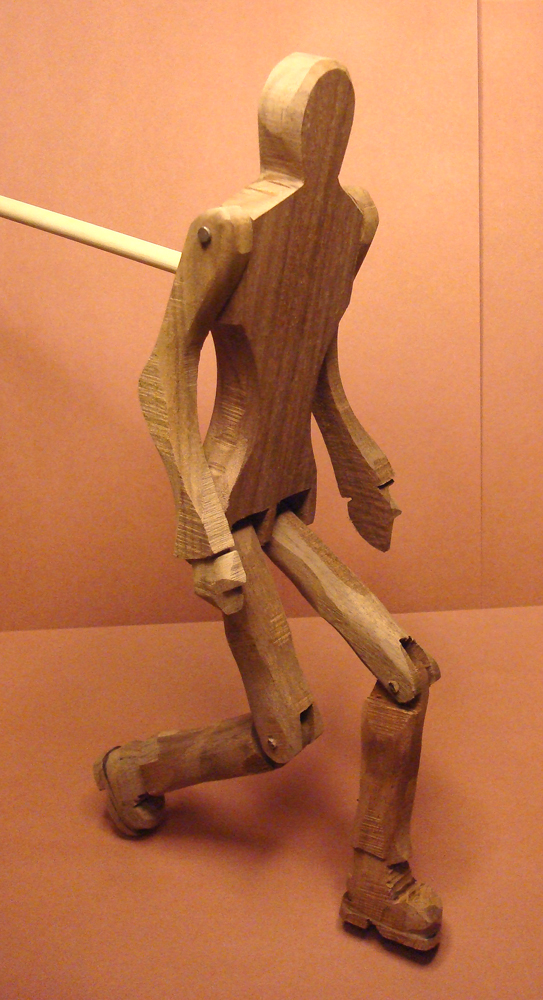Starting a weekly jam session, please give me some tips.
General mountain dulcimer or music discussions
Can someone tell me how regular old-time (not necessarily just dulcimer groups) jams are done? It's my understanding that an old-time jam would basically be everyone playing the notes together with no breaks or leads. Is this correct? The ones I've been to (only a handful) weren't really OT per se, more bluegrass I guess. Everyone would play together to begin with and then each person would take a lead or break until it went around the room.
Mandy, I've played almost exclusively in old-time sessions for over 14 years, my husband is a wonderful old-time fiddler. But I've also dabbled in bluegrass, folk, and Irish sessions now and then (not that I'm good at playing in those styles though, I'm not...lol). There are many kinds of jam sessions: general folk music, bluegrass, old-time, Irish trad, Cajun, etc etc. I'd have to label most dulcimer groups as 'folk genre' since they play such a wide variety of both trad and modern material.
Many musicians who just play for fun (and particularly those who would most likely be interested in open jams) play tunes and songs that overlap more than one of these genres. For instance, bluegrass players play a lot of old-time songs but they play them in modern bluegrass styles...and many folk singer types will sing bluegrass songs, or vice versa. What I'm trying to say is that maybe you are limiting the response you get if you label your jam specifically as an 'old-time' session. An old-time session would not normally be playing modern folk songs or playing/singing songs in bluegrass style.
In a typical old-time session , it's most often the fiddler who leads and decides the tunes based on their repertoire, and the other instruments find and fill in their complimentary roles around that...not necessarily all playing melody. The fiddler usually leads the tunes. Nobody takes breaks or solos, and it's considered impolite to drown out the fiddler. Sometimes people sing out verses to familiar tunes, but it does tend to be mostly instrumental and fiddle-tune based. Sometimes there is singing of old-time songs, as in Carter family repertoire, but not done in bluegrass style.
In a folk 'song circle' , people take turns playing/singing their own song of choice and they can either welcome others to play along as a jam, or in some instances it's a true 'song circle' in that the person does their song alone while others listen, and then it's the next person's turn. In a regular folk 'jam' you can go around with folks picking their own songs and starting them but everyone customarily playing along. Singer-songwriters who play guitar tend to gravitate towards folk jams, since 'folk music' includes both traditional and modern material of all kinds.
In a bluegrass jam , there is a huge repertoire of bluegrass (post 1935) material along with its customary etiquette such as breaks and leads. Some bluegrass songs are relatively modern (just be aware that those songs are likely copyrighted). There is a lot of singing, and not so many all-instrumental tunes like one sees in old-time sessions. Other bluegrass songs have been adapted from old-time repertoire, tunes and ballads, but are played in bluegrass style. But bluegrass and old-time are most definitely not the same even though they share many of the same tunes and ballads...they don't play or sound the same, and it's considered clueless or even inconsiderate to play in bluegrass style when joining in on an old-time session. The rhythm, timing, harmonies, chords, even sometimes the keys are distinct between the two.
All this is not to say you can't have a super fun jam by mixing up folk, bluegrass, old-time, gospel, blues, whatever- all together! You certainly can!- throw it all in a pot and see what cooks up.  But my point is that calling it 'an old-time jam' or a 'bluegrass jam' or a 'folk jam' implies a certain and well defined genre and repertoire, and that will definitely limit the people who respond to your ads. My suggestion, if you don't want to focus that specifically on one music genre at first, is to simply call it an acoustic music jam. That will bring all kinds of players and you'll get a varied pool of people and styles. You can always draw people from that pool into a more focused session later on. Hope this helps!
But my point is that calling it 'an old-time jam' or a 'bluegrass jam' or a 'folk jam' implies a certain and well defined genre and repertoire, and that will definitely limit the people who respond to your ads. My suggestion, if you don't want to focus that specifically on one music genre at first, is to simply call it an acoustic music jam. That will bring all kinds of players and you'll get a varied pool of people and styles. You can always draw people from that pool into a more focused session later on. Hope this helps!




 lol...
lol...
 Melody says she loves dulcimer music and has some on her playlists.
Melody says she loves dulcimer music and has some on her playlists. 



 I don't usually enjoy it much when we wind up playing in a session with a guitar player like this.
I don't usually enjoy it much when we wind up playing in a session with a guitar player like this.